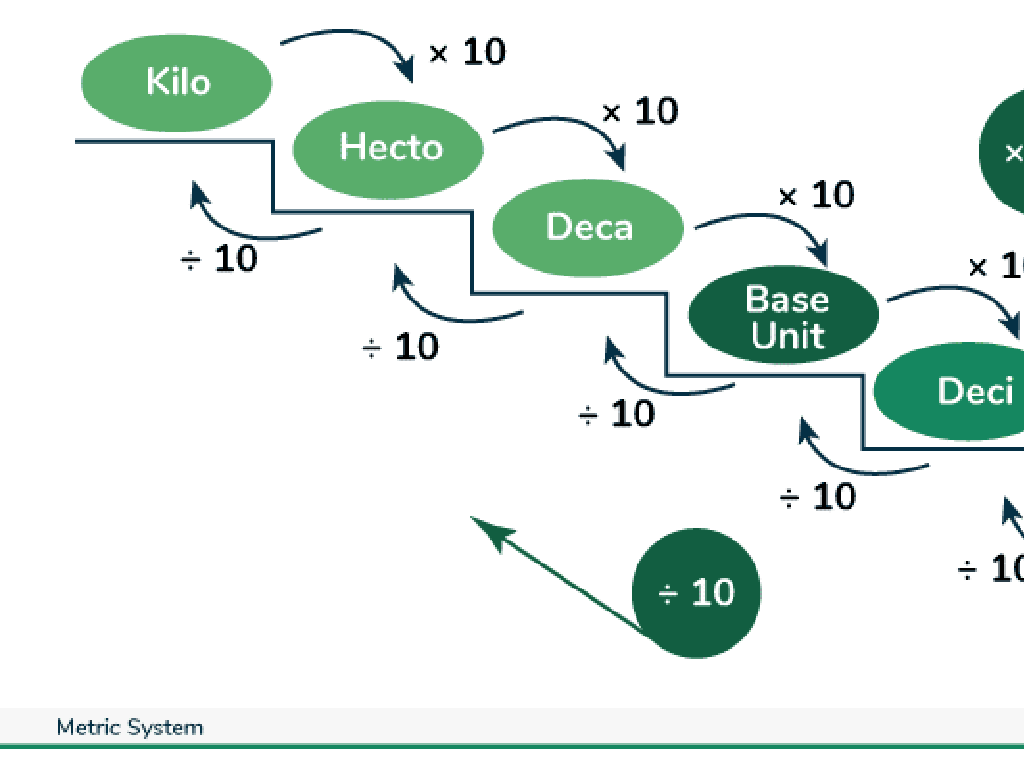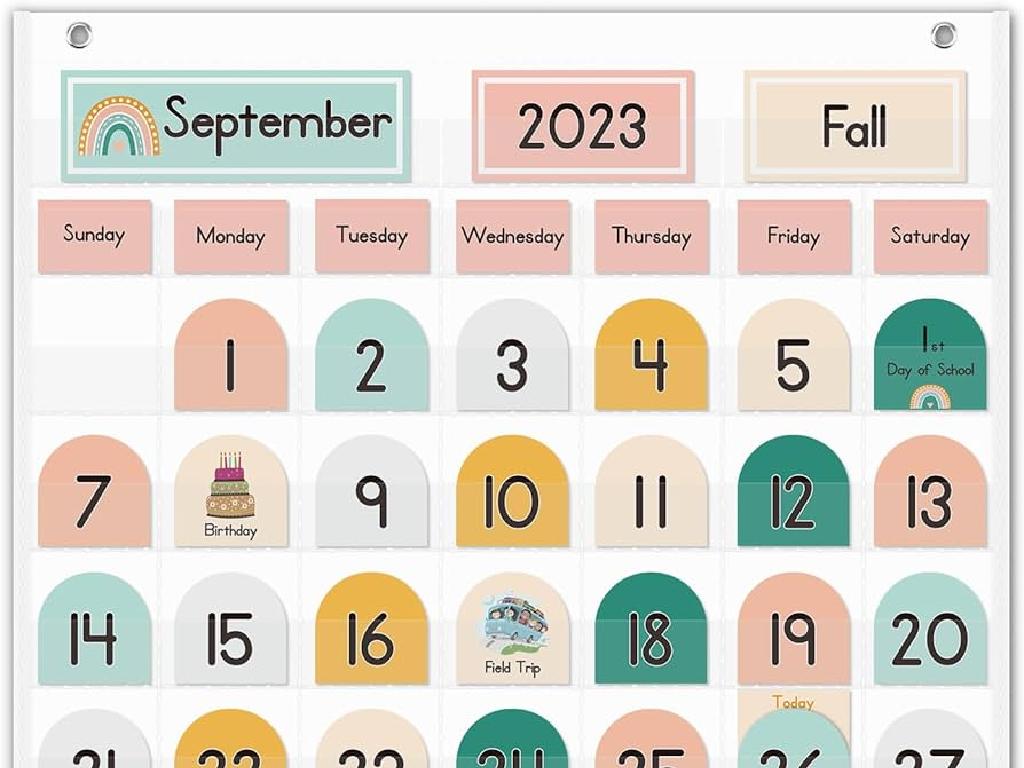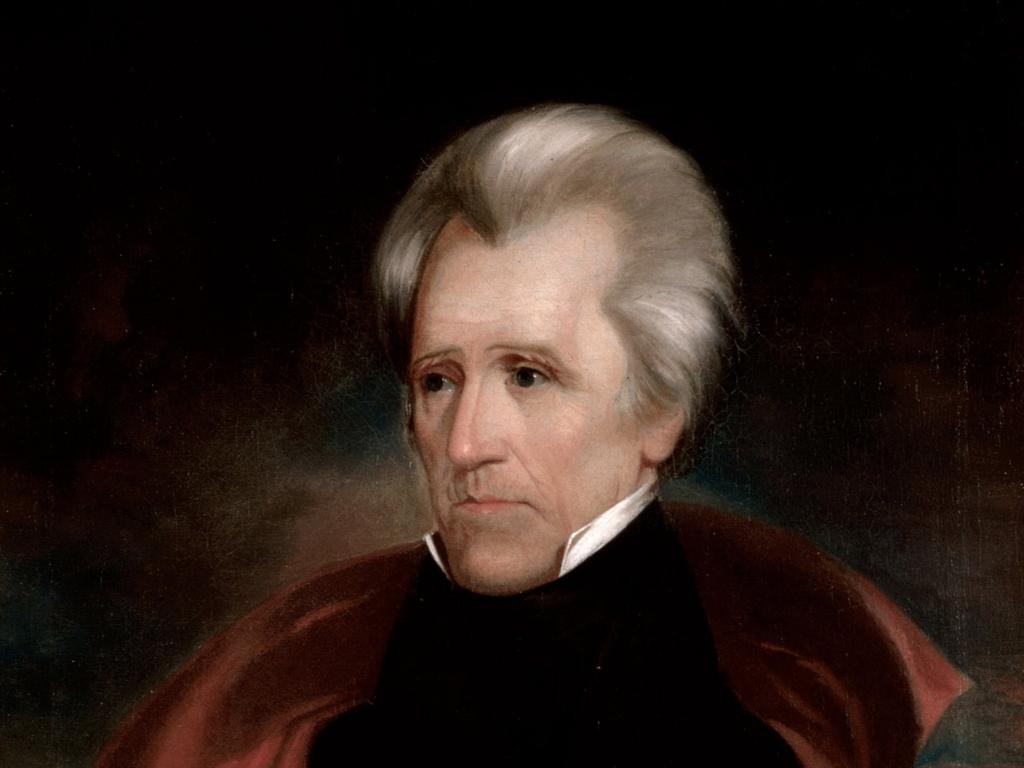Identify The Best Design Solution To Prevent Hurricane Damage
Subject: Science
Grade: Third grade
Topic: Engineering Practices
Please LOG IN to download the presentation. Access is available to registered users only.
View More Content
Engineering Against Hurricanes
– Hurricanes: Powerful Storms
– Hurricanes are big storms with strong winds and rain.
– Impact on Homes and Cities
– They can break windows, remove roofs, and flood streets.
– Designing Protective Structures
– Buildings can have special roofs and walls to resist hurricanes.
– Exploring Solutions Together
– We’ll think like engineers to create safer homes!
|
This slide introduces students to the concept of engineering as it relates to natural disasters, specifically hurricanes. Begin by explaining what hurricanes are and their potential to cause damage to homes and cities. Emphasize the importance of designing buildings and infrastructure that can withstand the forces of a hurricane. Engage the students by discussing how engineers think and work to solve problems like these. Encourage them to think creatively about solutions and to consider the various ways we can make our communities safer against such powerful storms. This will set the stage for further activities where students can work on designing their own solutions to protect against hurricane damage.
Understanding Hurricanes
– What is a hurricane?
– A big storm with very strong winds and rain
– Where do hurricanes occur?
– Mostly near the sea in warm places
– Why do hurricanes happen?
– Warm water and air make hurricanes
– Impact of hurricanes
– They can damage homes and nature
|
This slide introduces students to the basics of hurricanes, which are powerful storms with strong winds and heavy rain. Explain that hurricanes form over warm ocean waters and can affect coastal areas as well as move inland, causing significant damage to communities and the environment. Discuss the science behind hurricane formation, emphasizing the role of warm water and air in creating these storms. Highlight the importance of understanding hurricanes to prepare and protect our homes and natural habitats. Use simple language and examples to make the concepts relatable to third graders, such as comparing the swirling motion of a hurricane to water going down a drain.
Engineering Basics: Protecting Against Hurricanes
– What is engineering?
– Engineering is using science to design and build things.
– Engineers as problem solvers
– They find ways to fix problems by thinking and testing.
– Design solutions intro
– Design solutions are plans to make things better or safer.
– Protecting homes from hurricanes
– Like making stronger roofs or walls that can bend in the wind.
|
This slide introduces students to the concept of engineering within the context of natural disasters, specifically hurricanes. Start by explaining what engineering is and how engineers use science and math to create things that solve problems. Emphasize the role of engineers in coming up with solutions to protect people and buildings from the damage caused by hurricanes. Introduce the idea of design solutions, which are carefully thought-out plans that engineers create to solve specific problems. Examples can include designing buildings with stronger materials or flexible structures that can withstand strong winds. Encourage students to think about how these solutions can be applied in their own communities or homes.
Brainstorming Strong Building Designs
– What makes buildings strong?
– Buildings need solid foundations and sturdy materials to be strong.
– Materials resisting strong winds
– Some materials like concrete and steel can resist hurricane winds.
– Design features for safety
– Features like rounded roofs and storm shutters can help.
– Discussing best solutions
|
This slide is aimed at engaging third-grade students in a brainstorming session on how to design buildings that can withstand hurricanes. Start by discussing the importance of a strong foundation and the use of sturdy materials in construction. Introduce materials such as concrete and steel that are known for their resistance to strong winds. Explain how certain design features, like rounded roofs, can deflect wind and minimize damage, and how storm shutters can protect windows from flying debris. Encourage the students to think creatively and come up with their own ideas for designing strong buildings. The goal is to foster a discussion on the best solutions for hurricane-resistant structures.
Designing for Safety Against Hurricanes
– Explore building designs
– Shape affects stability
– Some shapes, like a dome, are stronger against winds
– Structure’s role in safety
– Strong materials and good construction make buildings safer
– Hurricane-resistant examples
– Look at buildings that have survived hurricanes
|
This slide aims to teach students about the importance of design in creating buildings that can withstand hurricanes. Start by discussing various building designs and how their shapes can influence their ability to resist strong winds. Explain that certain shapes, like domes or triangles, are naturally more stable. Discuss the importance of using sturdy materials and proper construction techniques to ensure a building’s safety. Show examples of buildings that have survived hurricanes to give students concrete illustrations of successful designs. Encourage students to think creatively about how they would design a building to be safe from hurricanes.
Engineering Challenge: Hurricane-Resistant Structures
– Understand the hurricane problem
– Think like an engineer
– Plan, design, test, and make it better
– Group activity: build a model
– Use materials to create a small, sturdy building
– Test and improve your design
– Does your building stay up in strong winds?
|
This slide introduces the engineering challenge where students will apply the engineering design process to solve a real-world problem: building hurricane-resistant structures. Begin by discussing the destructive power of hurricanes and the importance of designing buildings that can withstand them. Explain the steps engineers take to tackle problems planning, designing, testing, and improving their creations. For the group activity, provide a variety of materials (e.g., straws, toothpicks, clay) for students to construct miniature models of buildings designed to resist simulated hurricane conditions. After building, test the structures with a fan to simulate wind and encourage students to make improvements based on the results. This hands-on activity will help students understand the engineering process and the importance of resilience in design.
Class Activity: Building Hurricane-Resistant Models
– Collect building materials
– Team up to create model homes
– Work together, share ideas for a sturdy house
– Test models against ‘winds’
– Use a fan to simulate hurricane winds
– Discuss what designs worked best
– Observe which houses withstand the wind
|
This activity is designed to engage students in hands-on learning about engineering and the importance of designing structures to withstand natural disasters like hurricanes. Provide a variety of materials such as straws, clay, paper, and tape for students to use in constructing their model homes. Encourage them to think creatively and apply their understanding of stability and durability. Once the models are built, use a fan to simulate wind forces and test which models are most resistant. After testing, lead a discussion on why some designs were more successful than others, reinforcing concepts of engineering and design. Possible variations of the activity could include using different wind speeds, having students sketch their designs before building, or using additional materials to represent other elements like rain or flooding.
Testing and Improving Design Solutions
– Share designs with classmates
– Discuss successes and failures
– Which parts resisted hurricane simulations well?
– Collaborate on model improvements
– Offer constructive feedback to peers
– Reflect on the design process
– How did our designs change after discussion?
|
This slide is focused on the iterative process of engineering design, specifically aimed at improving solutions to prevent hurricane damage. Students will present their design solutions to the class, fostering an environment of peer review. Encourage them to discuss the strengths and weaknesses of each design openly, focusing on what aspects of the design were successful in resisting hurricane conditions and which parts could be improved. Collaboration is key; students should work together to refine their models, incorporating feedback from their peers. This activity will help them understand that engineering is an iterative process and that feedback is a valuable tool for improvement. Provide guidance on how to give and receive constructive criticism. Prepare to facilitate discussions and ensure that each student has the opportunity to contribute to the conversation.
Engineering Solutions for Hurricane Safety
– Understanding engineering roles
– Engineers design things to solve problems
– Applying engineering to life
– Think about how buildings can be stronger
– Engineering in disaster prevention
– Strong buildings can withstand hurricanes
– Reflecting on our learning
|
This slide aims to consolidate the students’ understanding of the role of engineering in society, particularly in the context of natural disasters like hurricanes. Begin by discussing what engineering is and how engineers work to solve real-world problems. Encourage students to think about how the engineering design process can be applied to everyday life, especially in making homes and buildings safer during hurricanes. Highlight the importance of engineering in creating disaster prevention strategies and how such measures can save lives and property. Conclude by asking students to reflect on what they’ve learned and how they might use this knowledge in the future. This reflection will help them appreciate the value of engineering and its impact on community safety.
Engineering for Safety: Hurricanes
– Recap of engineering concepts
– Helping communities prepare
– Discuss ways to strengthen homes and plan for safety.
– Next steps in our adventure
– What will we engineer next? Get excited to find out!
– Stay curious and inventive!
– Keep thinking of ways to solve problems and help others.
|
This slide wraps up our discussion on engineering practices to prevent hurricane damage. Start by summarizing the key concepts we’ve learned about engineering and how it can be used to design solutions for real-world problems like hurricanes. Encourage students to think about how they can apply these concepts to help their communities prepare for such natural disasters. Discuss practical steps like reinforcing buildings and creating emergency plans. Finally, build anticipation for the next class by hinting at another engineering challenge they will tackle, fostering a spirit of continuous learning and problem-solving. Remember to praise their creativity and encourage them to keep thinking like engineers at home.






